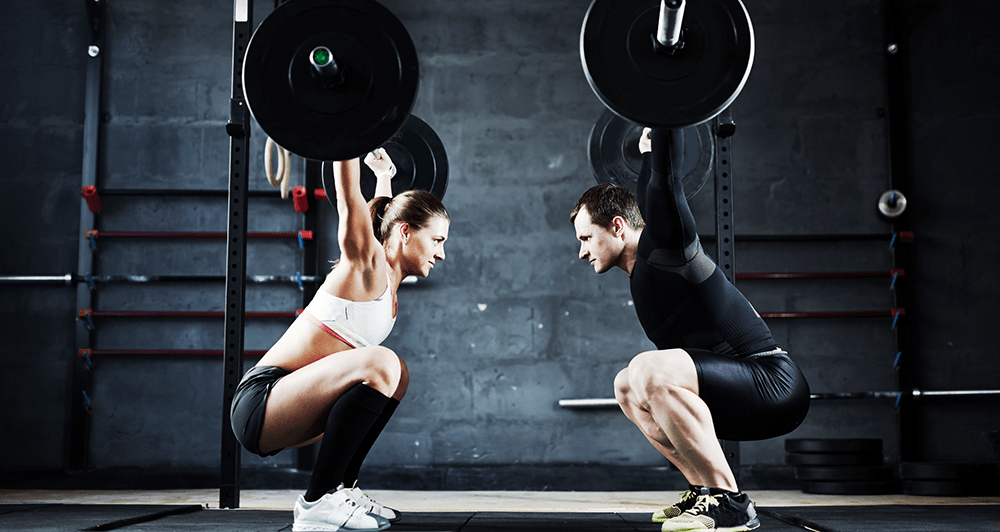Rotator cuff tears are a common injury, especially with athletes. Without proper recovery after intense activity, the muscles and tendons can weaken over time increasing the risk of tearing. Tears can also occur from a sudden force on the shoulder, like a fall.
Rotator cuffs are complex with several muscle groups and tendons stabilizing the shoulder. That means a single tear can cause similar symptoms of dysfunction as multiple tears, making a medical or physical evaluation necessary in order to know the extent of damage. A rotator cuff tear can be confirmed by an MRI or musculoskeletal ultrasound.
Symptoms of a Rotator Cuff Tear
Believe it or not, most people will develop minor rotator cuff tears at some point in their life. Each case is unique, but a rotator cuff tear can be identified by:
- Pain in the shoulder and arm
- Weakness in the shoulder
- Tenderness, inflammation, or swelling in the shoulder
- Limited range of motion
- Pain when lifting above the head and reaching behind the back
- Pain laying down or sleeping on your side
- Popping, grinding, or cracking sensations when you move your shoulder
If left unaddressed, the tear(s) could get larger and become more problematic. With a rotator cuff strain, symptoms usually start mild and increase over time, leading up to a tear.
How Can I Treat a Rotator Cuff Tear?
In cases where the patient is highly active or the tear is severe, surgery will likely be recommended. But in many cases, non-surgical intervention produces as good of results as surgery.
Rotator cuff tears don’t have the ability to heal on their own so some kind of intervention or training will be required. Measuring the extent of the tear will determine your options.
A great non-surgical option is physical therapy. Physical therapy can help alleviate pain and strengthen the shoulder allowing it to return to full function without surgery. Other non-surgical options to supplement physical therapy can include injections or anti-inflammatory medication. Even when a patient chooses to go the surgical route, physical therapy will be needed to recover afterwards. It’s a good idea to start with physical therapy because of its flexibility in treatment, adapting to the patient as their injury evolves. If surgery winds up to be inevitable, your physical therapy can be geared for Pre-Habilitation to improve the outcomes after surgery.
How Long Does a Rotator Cuff Tear Take to Heal?
This question is hard to answer because it really depends on the patient, severity of the tear, and treatment plan the patient chooses. It’s important to remember that rehabilitation is critical to recovery after a rotator cuff tear and the shoulder needs time to restabilize during treatment. Most patients are back to normal activity in 6 months after injury, but full recovery can take up to a year. So be patient, re-injuring your shoulder undoes your hard work.
How Can I Reduce the Risk of a Rotator Cuff Tear?
Incorporating movement, mobility, and strengthening into your daily routine is a great place to start. A few suggestions from physical therapist Caralyn Debash, PT, DPT include:
- Incorporate rotator cuff and shoulder blade strengthening exercises into your workout routine. Make sure you are working both large and small muscles in the shoulder, upper back, and chest, especially if long periods/repeated reaching are required in your daily activities.
- Practice good posture and postural mobility to let your shoulders, neck and mid-back stay flexible.
- Incorporate daily mobility and stretching to optimize range of motion and move with less discomfort.
If you aren’t sure where to start with movement, mobility, and/or strengthening, a skilled professional from the Spooner team would be happy to help create a program specific to you to help you reduce your chances of injury.
Learn more about Orthopedic Rehabilitation at Spooner. Ready to schedule an appointment? Schedule an appointment or complimentary movement screen with a Spooner physical therapist at one of our locations throughout the valley.

